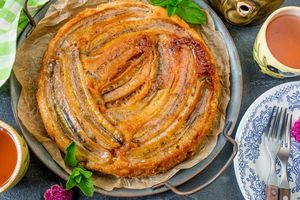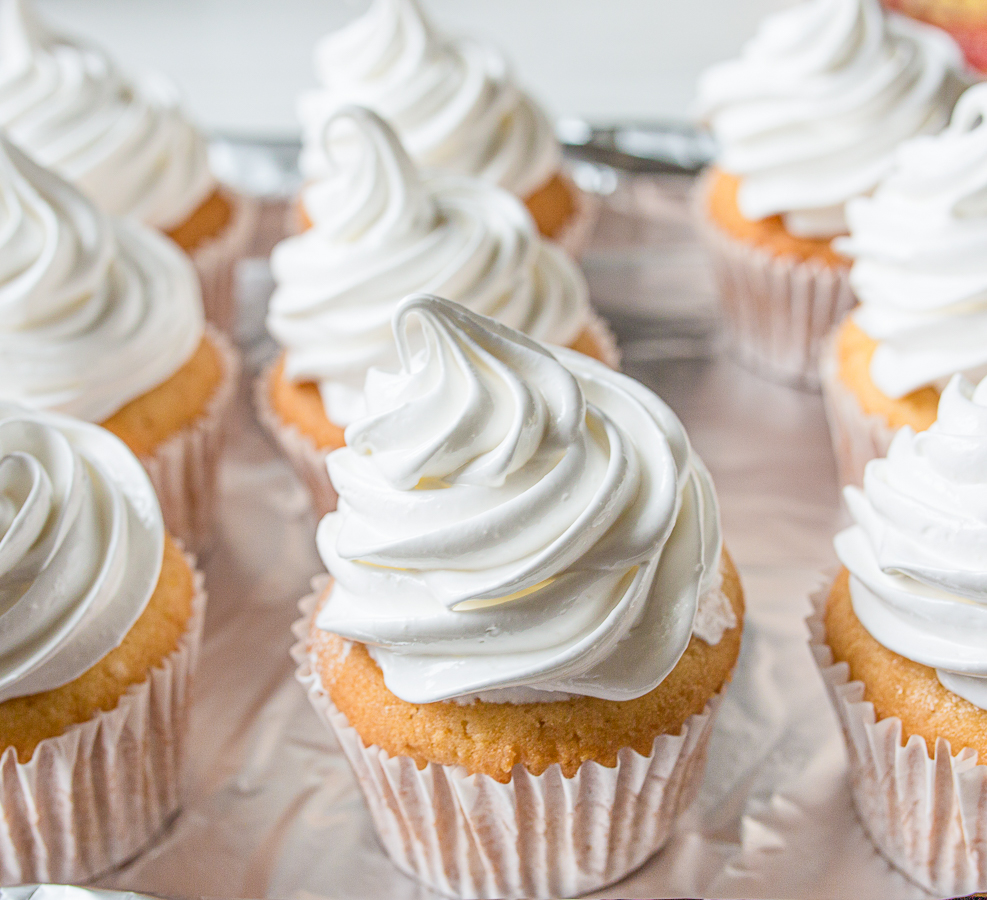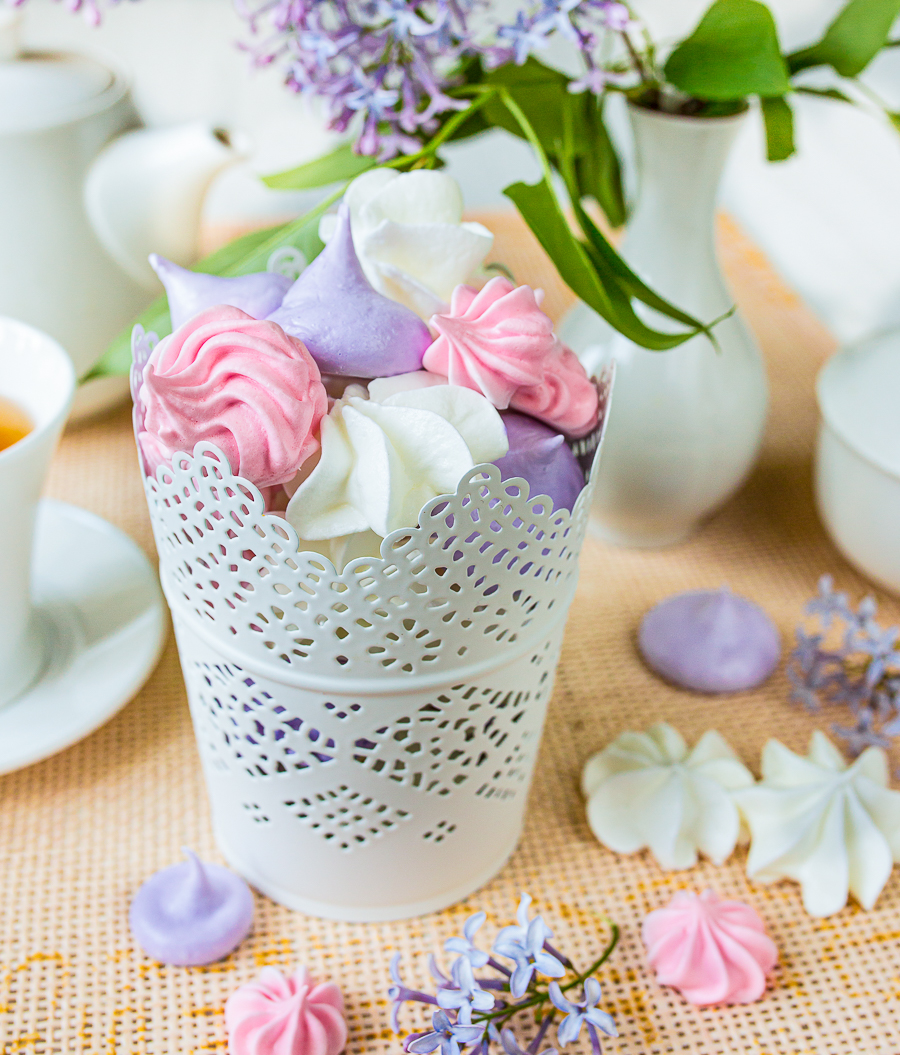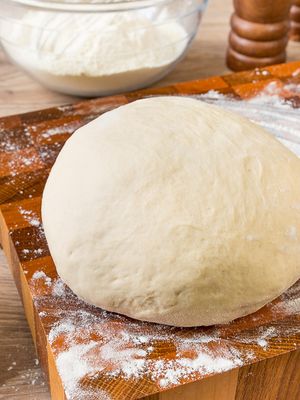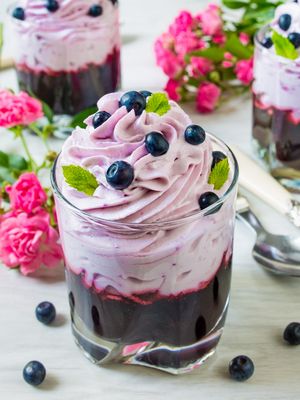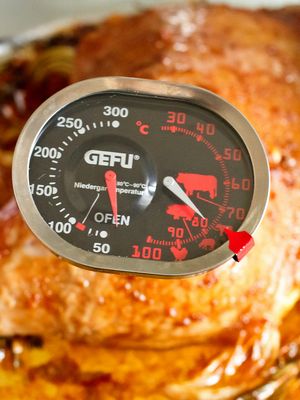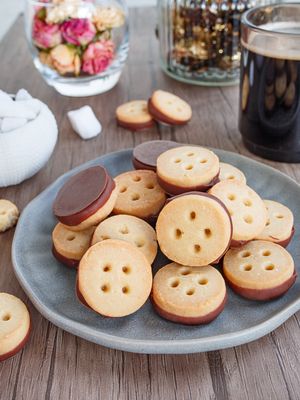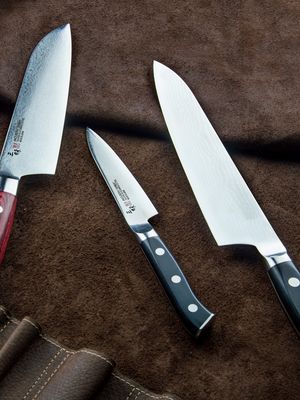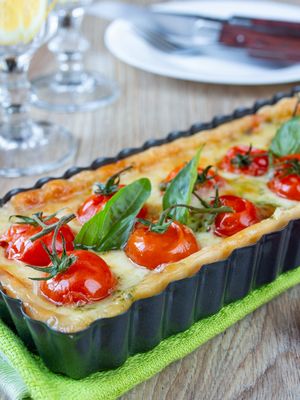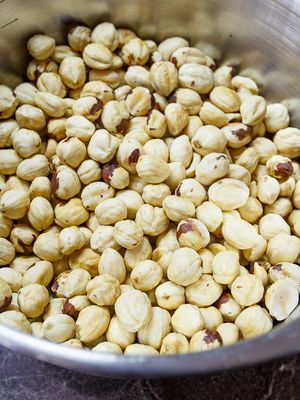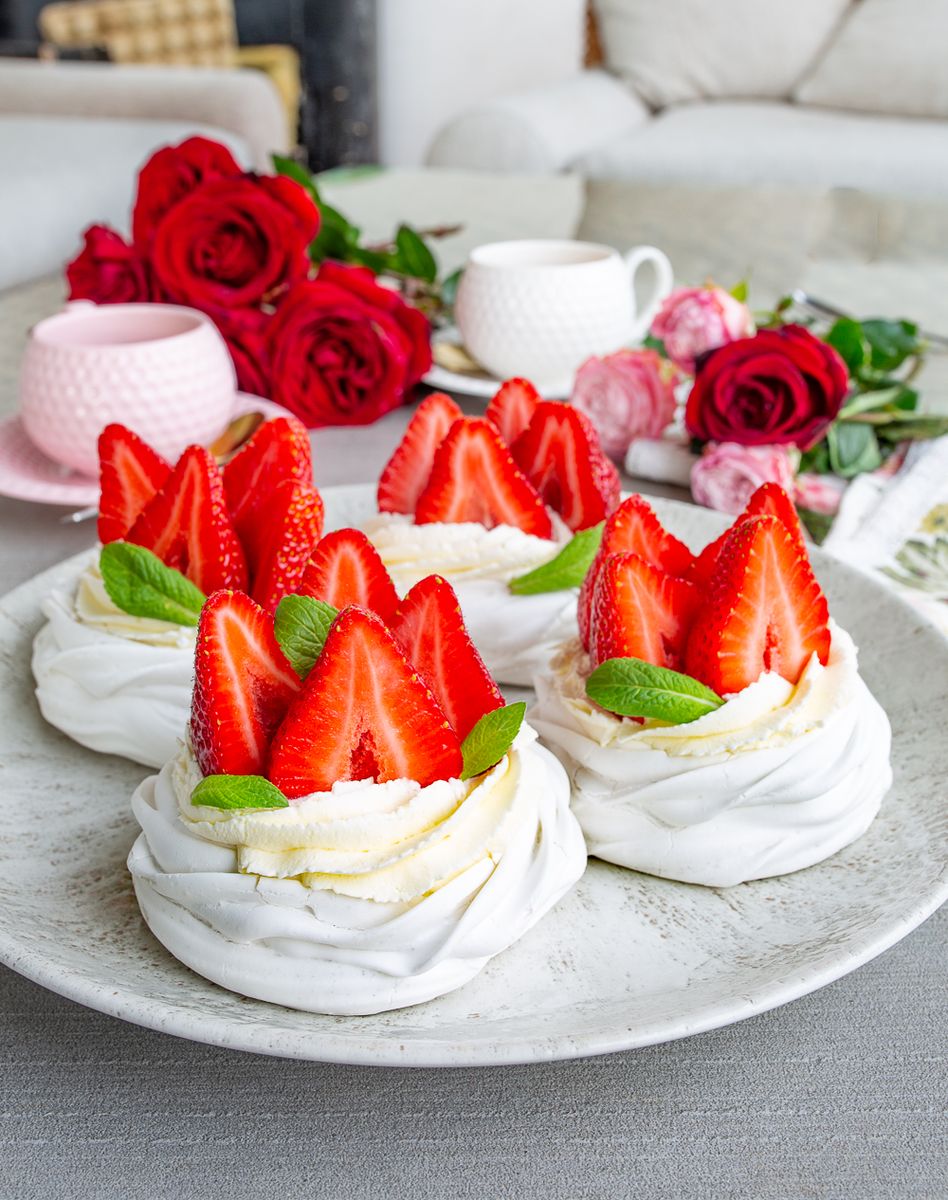 At first glance, there is nothing complicated about whipping egg whites with sugar. However, many people have questions about meringue. In this post, I’ll try to give you all the background you need to answer those questions.
At first glance, there is nothing complicated about whipping egg whites with sugar. However, many people have questions about meringue. In this post, I’ll try to give you all the background you need to answer those questions.
Technically, meringue is just egg whites whipped with sugar to a certain consistency. But there are some nuances. More on that below.
Meringue is used to fill and decorate cakes and pies, can be used as a base for more complex creams, can be baked as Pavlovas and filled with whipped cream and fruit, and also – simply baked at a low temperature to get a favorite of many meringue cookies. Meringue is also used in mousses and batters, where it adds airiness and volume to the baked goods.
HOW IS MERINGUE MADE?
Let’s take the simplest and most common French meringue as an example.
The generally accepted classic ratio for meringue is 1 part egg white plus 2 parts sugar. Roughly speaking, if we consider the average egg white from an M-size egg, which weighs about 25-30 grams, it requires 50-55 grams of sugar.
You should beat the egg whites at high speed until a light froth forms, then gradually add the sugar and beat the mixture to the desired consistency- soft, firm (medium) or stiff.
During the whipping process, the egg whites become saturated with air. The longer you whip, the finer the air bubbles become. When you add sugar, it dissolves during the whipping process due to the moisture in the egg whites and envelops the air bubbles, stabilizing them.
What Are the Stages of Meringue?
Meringue can be whipped to soft, medium and stiff peaks.
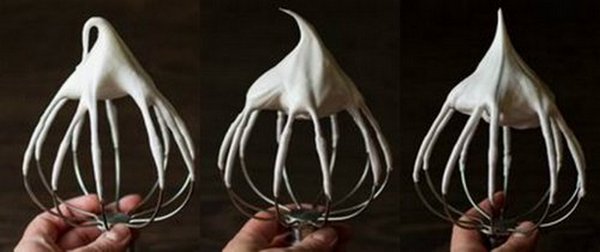
- Soft peaks are most often used to make souffles. If you take the whisk out of the bowl with the mixture and turn it upside down, the tail will sag but the mixture will not run.
- Medium peaks are perfect for creams and batter. When you turn the whisk, the tail of the meringue will bend slightly.
- Meringue whipped to stiff peaks holds its shape best, making it ideal for decorating and working with piping bags. The whisk trick does not bend the tail at all.
The general rule for all three stages is that the meringue should be glossy and smooth. If the mixture is lumpy, stiff and lacks shine, you have overwhipped the meringue.
TYPES OF MERINGUE
FRENCH MERINGUE
The most popular and the easiest to make. But also the most unstable. Because its egg whites are not heat treated to avoid salmonella contamination, this meringue is best used in dishes that are then baked or cooked. French meringue is best made just before use, as it will begin to set if left to stand.
How to Make French Meringue
Place the egg whites in a bowl with a pinch of salt and whisk at high speed until lightly foamy. Continue whisking and gradually add the sugar until the meringue reaches the desired stage.
SWISS MERINGUE
It is more stable than French meringue. It can be used as a base for mousses, creams, as a filling for open pies and for decorating cakes.
How to Make Swiss Meringue
Mix the egg whites with sugar and place the bowl over a double boiler. Bring the mixture to a temperature of 60°C (140 °F), stirring constantly (at this temperature the potential salmonella perishes). Remove from the heat and whip to the desired stage.
ITALIAN MERINGUE
This type of meringue is the most stable of all. It can be used to make creams, mousses, to decorate cakes, and to make French macarons (along with French meringue).
How to Make Italian Meringue
Whip the egg whites to medium peaks. Turn off the mixer. Mix the sugar with a small amount of water in a saucepan (the amount is specified in certain recipes) and cook to a soft ball (116 ºC (240 ºF). Turn the mixer back on and thinly stream the syrup into the whites while whipping. Whip to medium peaks, then reduce mixer speed to medium and continue to beat to desired stage.
How to Make the Perfect Meringue?
There are a few simple rules that will give you a much better chance of getting a good result.
- The mixing bowl and whisk must be dry and clean. There must be no traces of fat! This includes yolk particles, which can get into the egg white if they are not separated carefully. Fat prevents the egg whites from forming a stable foam.
- A more stable meringue can be obtained by adding a little acid. This can be lemon juice, vinegar, citric acid or cream of tartar. In the case of liquids (juice and vinegar), it is better not to pour them into the mixture, but to wipe the walls of the bowl with them before adding the egg whites. Citric acid and cream of tartar should be added in small amounts when the foam begins to form.
- Eggs at room temperature whip more quickly and easily than chilled eggs.
- The meringue should be cooked just before use. If left unused, the meringue will collapse and become unstable.

